Over the course of one year, one cow will belch out around 220 pounds of methane. A potent greenhouse gas, for the first 20 years after it reaches the atmosphere, methane has more than 80 times the warming power of carbon dioxide. So, to put it simply, the fact that there are approximately 1.5 billion cows on the planet is a big problem. In fact, it’s one of the main reasons why animal agriculture is a leading driver of rising global emissions.
There have been many solutions put forward to try and curb farming’s methane problem. In 2022, a methane-catching mask was given a Terra Carta Design Lab award and praised by King Charles. And just last year, it was revealed that British cows could be given “methane blockers” in a bid to reduce animal agriculture emissions.
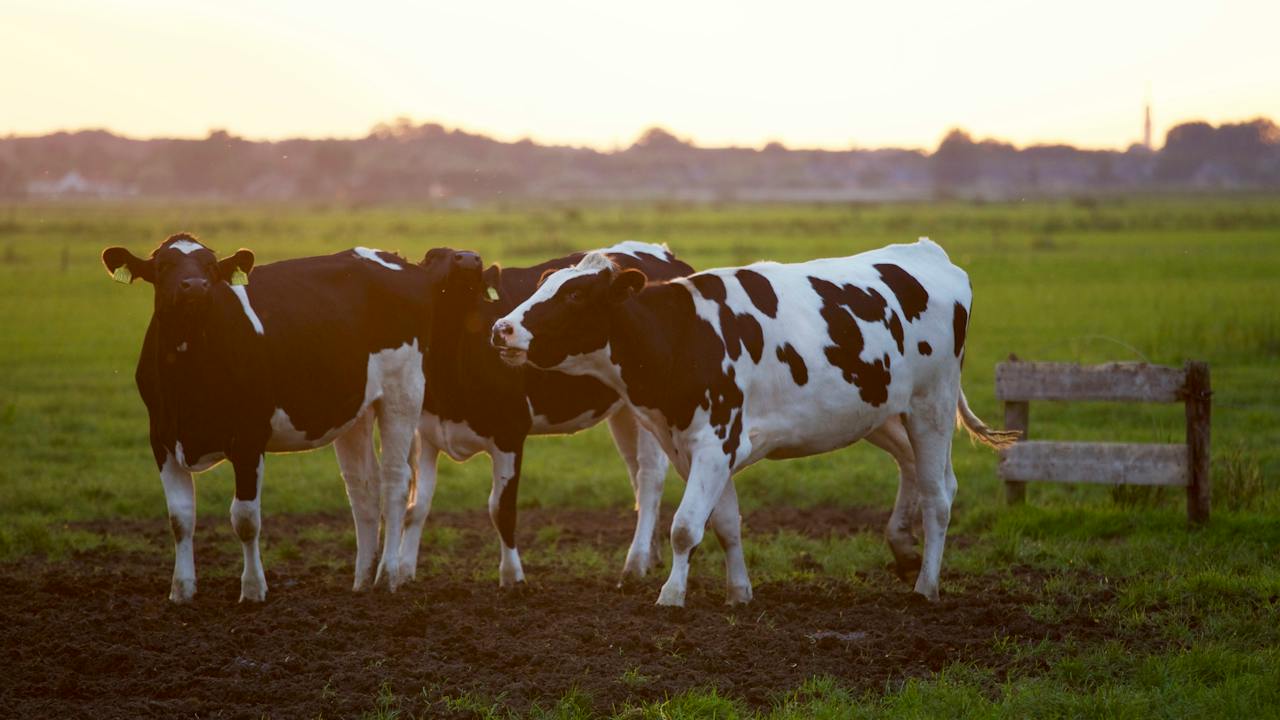 Pexels
Pexels
Research is ongoing into how effective methane-suppressing products could be. But even if they do work to reduce methane, it’s important to note that animal agriculture contributes to many environmental problems. One potent gas, it turns out, is just the tip of the iceberg. This is why many experts advocate for an entire food system transformation, rather than small fixes like masks and supplements.
In March 2023, a report by the Intergovernmental Panel on Climate Change stressed that a focus on transitioning the food system towards plant-based agriculture could deliver one-third of the emission reductions we need. But it could also help to tackle a huge number of issues facing the planet, including deforestation, water pollution, and the threat of zoonotic disease. And, of course, it could also reduce animal suffering significantly—right now, billions of animals are raised in industrialized conditions.
Why reducing methane won’t fix the animal agriculture problem
A drop in methane is not enough to fix animal agriculture. These other issues are also related to industrialized animal production.
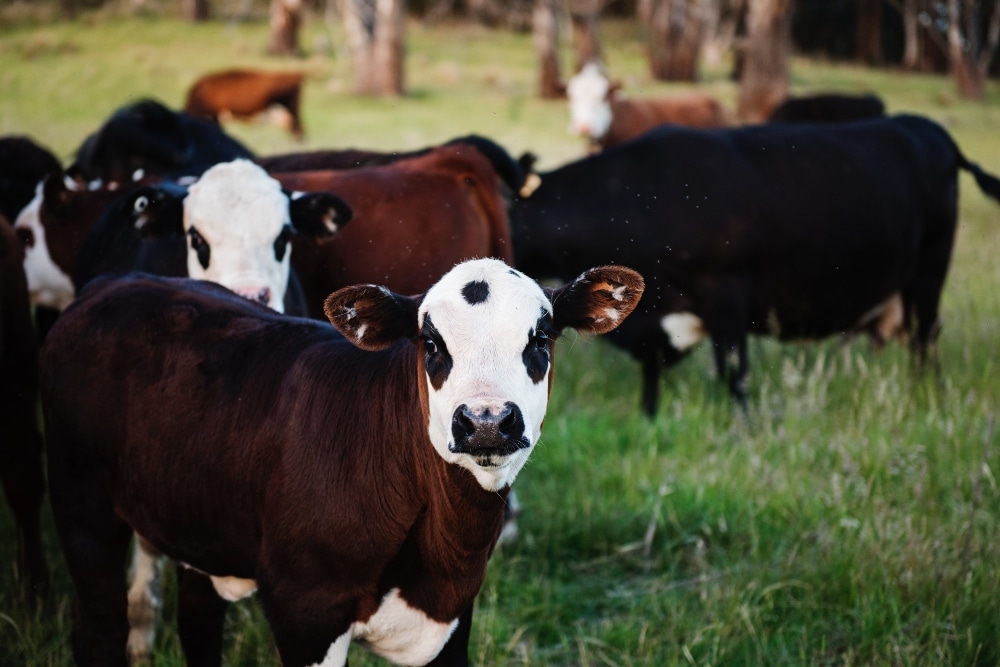 Pexels
Pexels
1 Deforestation
According to WWF, in the time it takes to say the word “deforestation,” a soccer field-worth of natural forest is destroyed. This is a major issue for many reasons.
Firstly, many of these forests are home to threatened and endangered species, including orangutans, rhinos, elephants, tigers, and jaguars. When their habitats are destroyed, these animals are not only left without food and shelter, but they are also more vulnerable to human-wildlife conflict.
Secondly, these forests are hugely important for carbon sequestration. When trees grow, they absorb carbon dioxide from the atmosphere. But when they are cut down or burned, all of this carbon is released back into the atmosphere. WWF notes that forest loss and damage cause around 10 percent of global warming.
There are several industries that are driving deforestation by chopping down trees to make more room for profit-driven activities. Palm oil, soy (most of which is used for farm animal feed), and timber are three key examples. But one of the worst culprits is the beef industry. In fact, in the Amazon rainforest, which now emits more carbon than it absorbs, most of the deforestation is caused by cattle ranching.
That said, there has been some progress on this issue in recent years. One study found that some of the world’s largest slaughterhouses have reduced cattle-driven deforestation in the Amazon by 15 percent due to their commitments to supermarket zero-deforestation policies between 2010 and 2018.
But the fact remains that many Brazilian supply chains operating within the rainforest are complex and lack transparency. Ultimately, much of the deforestation that happens throughout the Amazon is illegal and difficult to trace.
“Reducing deforestation by 15 percent is a huge amount,” said Professor Rachael Garrett, senior author of the aforementioned study. “But this result shows that supply chain policies have significant limitations, and we need to couple them with more visionary approaches to help countries like Brazil improve their agricultural systems.”
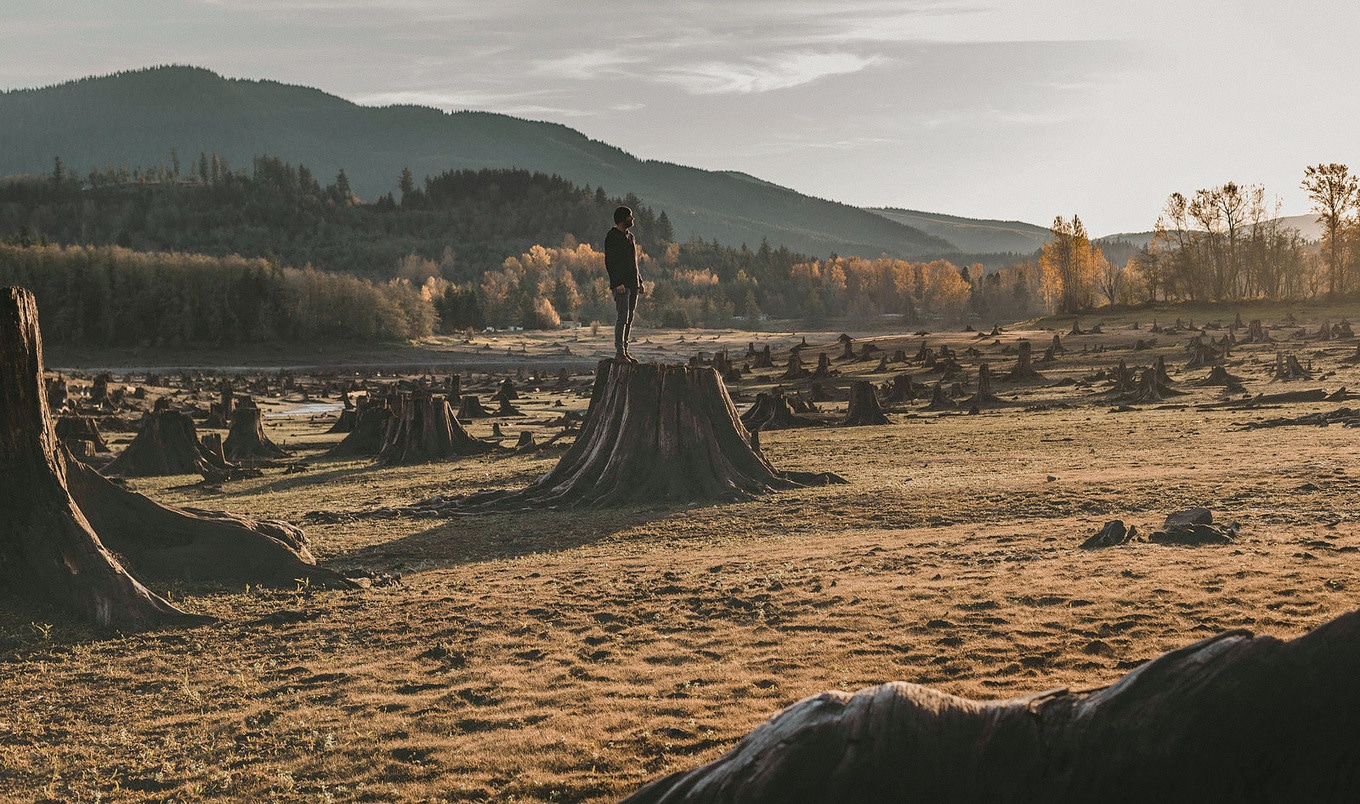 Unsplash
Unsplash
2 Excessive use of resources
Ranchers chop and burn rainforests because they need more space for their cattle. But the land is far from the only resource that animal agriculture gobbles up.
According to the Pacific Institute and National Geographic, to produce one egg, around 53 gallons of water is needed. For one pound of chicken meat, it’s about 468 gallons, and one pound of beef requires 1,800 gallons. In fact, animal agriculture is responsible for between 20 and 33 percent of all fresh water consumption around the world.
Animals also require a lot of food to sustain themselves. In 2020, one analysis found that, alongside biofuel production, most European crop production goes towards feeding animals. According to Greenpeace, the analysis discovered that 62 percent of all cereal crops are used to feed animals, and only 23 percent are used to feed people. On top of this, 88 percent of soy goes to animal feed, as well as 53 percent of pulses.
“[The] imbalance in production and consumption is driven by a focus on crops for profit, not food for people,” noted Greenpeace regarding the analysis.
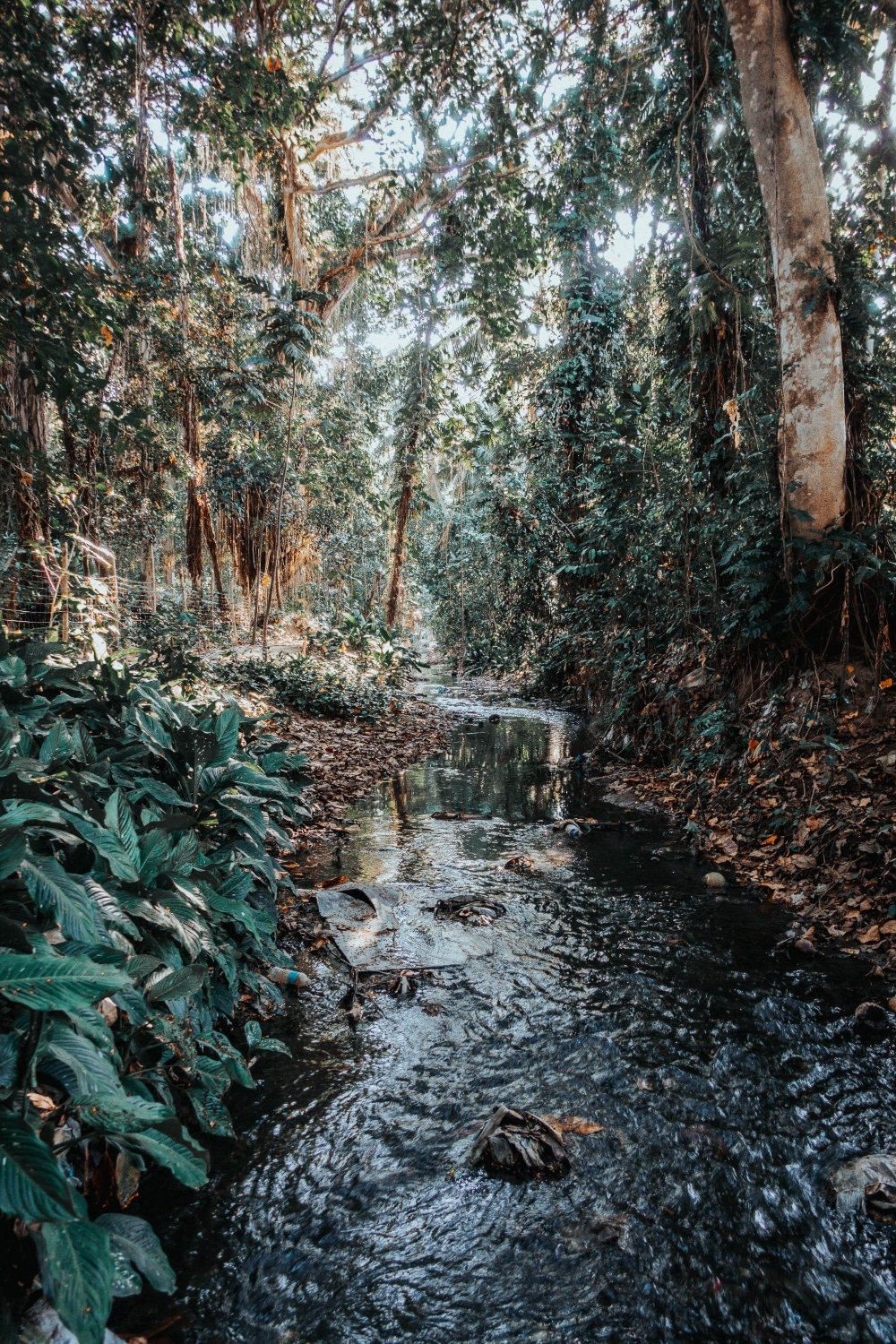 Pexels
Pexels
3 Water pollution
Fresh water usage is not the only water-related issue with animal agriculture. The industry is also linked with pollution of our waterways, due to runoff from factory farms ending up in rivers, lakes, and streams.
In 2022, research by the Bureau of Investigative Journalism revealed that a number of UK rivers located close to livestock farms are filled with antibiotic residue and superbugs. And according to River Action UK, runoff from intensive poultry farms along the Wye, which is one of the UK’s most popular rivers, has turned the waterway into a “wildlife death trap.”
In the US, where farm manure ponds often spill over into local waterways, the problem is also significant. In fact, in 2022, a lawsuit was filed against the Environmental Protection Agency for failing to come up with urgent plans to limit water pollution from factory farms. “Given the magnitude of the health and environmental threats, competing priorities do not justify further delay,” reads the lawsuit.
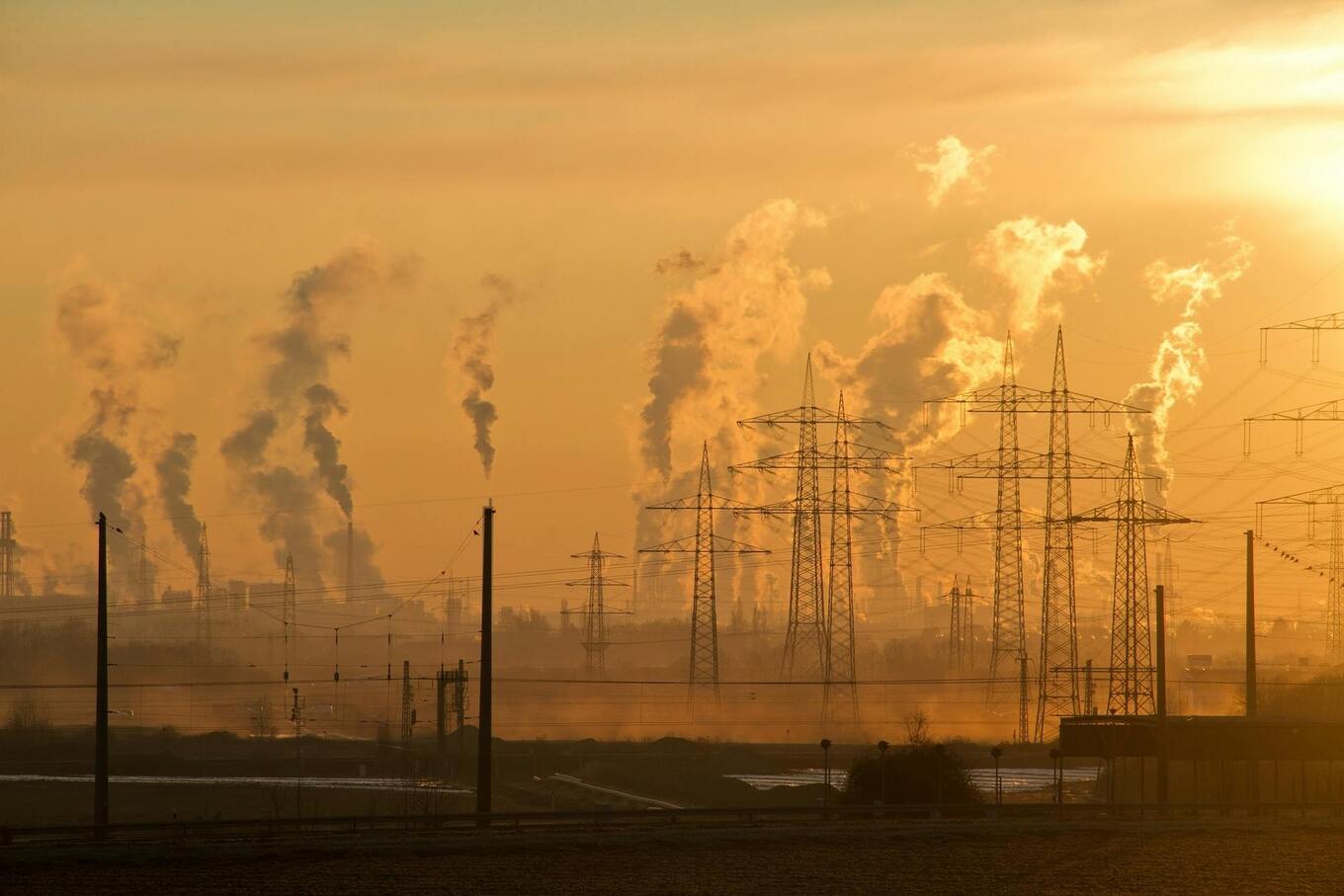 Pexels
Pexels
4 Air pollution
There’s no getting away from it, animals produce waste. But all of this urine and manure, which emits gases like ammonia, nitrous oxide, and hydrogen sulphide into the air, is having a devastating impact on not just the planet, but people, too.
In 2021, one study suggested that air pollution from agriculture leads to nearly 18,000 deaths in the US every year. The majority of the deaths linked to food production were because of animal agriculture, and the people who live close to farms are most at risk.
“High exposure to ammonia is associated with acute lower respiratory illness, cerebrovascular disease, ischaemic heart disease, chronic obstructive pulmonary disease, and lung cancer,” reports World Animal Protection.
It adds: “To help address these issues, we need to end the growth of factory farming and support a transition to sustainable healthy foods that are good for people, animals and the planet.”
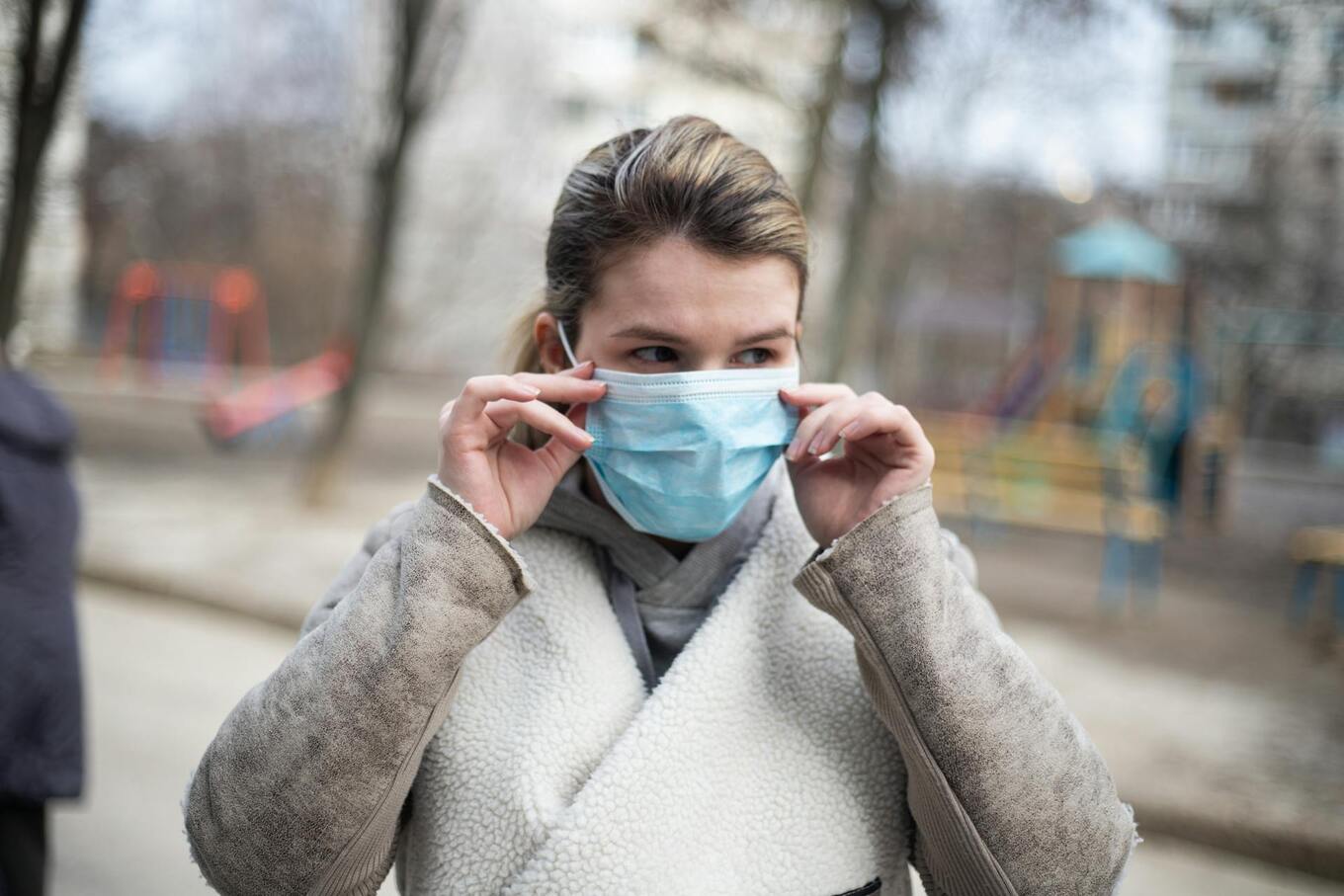 Pexels
Pexels
5 Zoonotic disease risk
According to the World Health Organization, “some 60 percent of emerging infectious diseases that are reported globally are zoonoses.” And this means that they have spilled over from animals. Many have come from wild animals, like monkeys and bats, but factory-farmed animals also present a risk, research suggests.
“Scientists have been warning us for decades that [zoonotic] diseases can jump very easily into the population from factory farms,” said psychology professor Gordon Hodson, who helped to author a paper in 2021 looking at why people in the UK struggle to accept the disease risk of factory farming.
Hodson’s research was inspired by a poll in 2020, which found that only 15 percent of Americans understand that zoonotic disease can come from factory farms. “That got us thinking,” he said. “Is that due to a lack of knowledge, or are people willfully disregarding its potential because they don’t like the implications for giving up meat?”
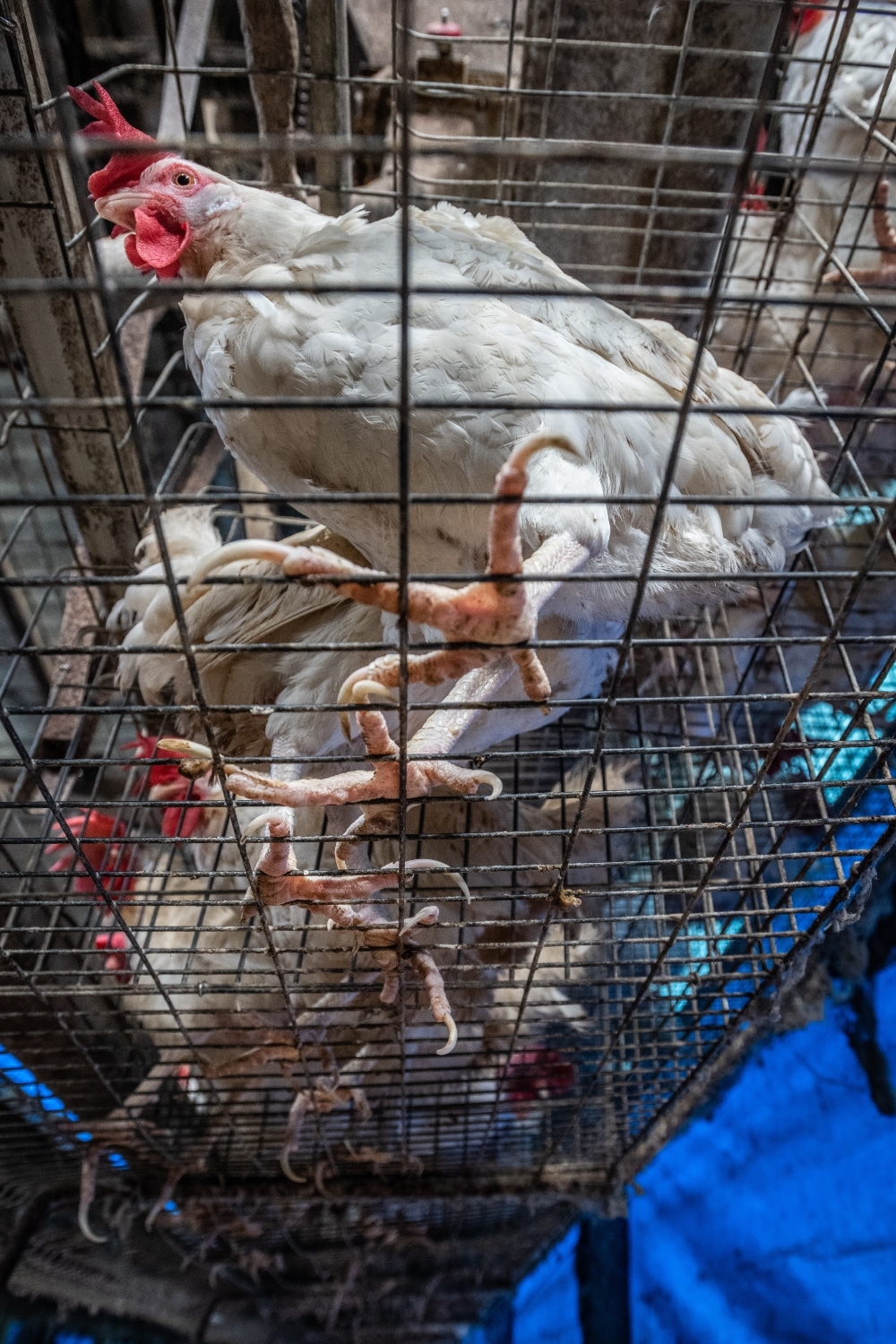 Unsplash
Unsplash
6 Antibiotic resistance
And finally, not only can factory farming potentially increase the risk of disease, but it may also be hindering our efforts to treat disease, too.
This is because animals in factory farms are often subject to low welfare practices, and this means that many farmers are forced to tackle diseases and infections by feeding them antibiotics regularly. According to World Animal Protection, around 75 percent of all antibiotics sold every year are marketed for use in farm animals, not people.
But overuse of antibiotics can have devastating consequences. This is because bacteria can learn to resist the drugs, making them less effective and leading to the evolution of superbugs that can evade treatment. This means that infections that we used to be able to treat easily, like urinary tract infections, could become something much more serious, and even life-threatening.
“Shifting to higher welfare farming practices is critical to solving the antibiotic resistance public health crisis,” notes World Animal Protection. “As is better government regulation that prevents factory farms from misusing antibiotics.”
For more plant-based stories like this, read:
JUMP TO ... Latest News | Recipes | Guides | Health | Subscribe









